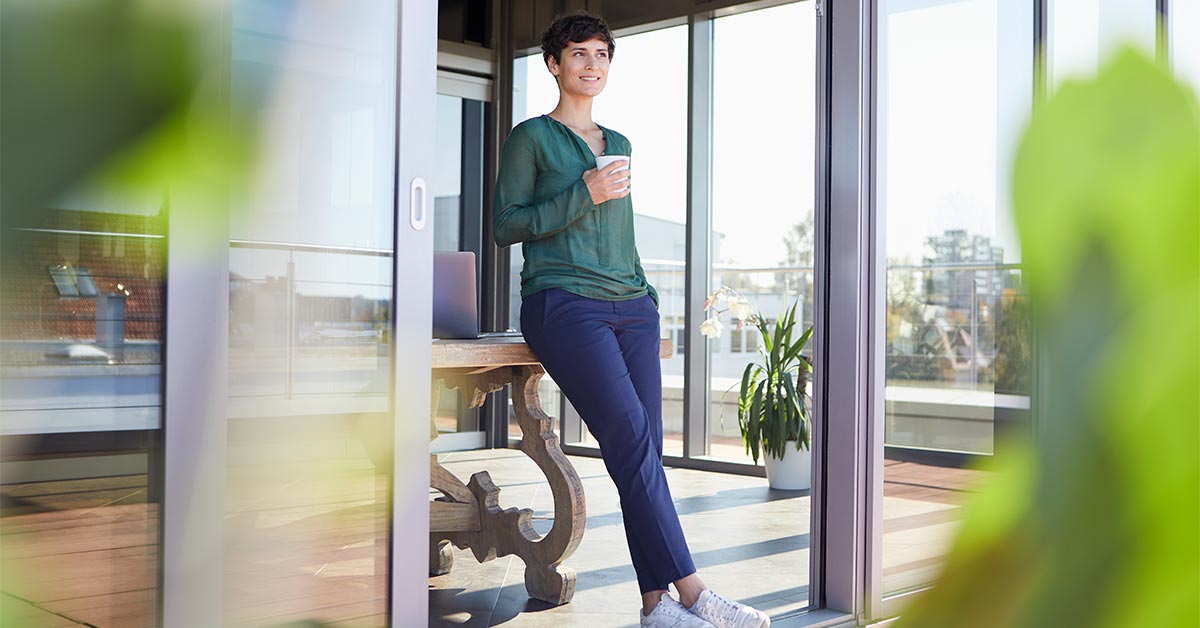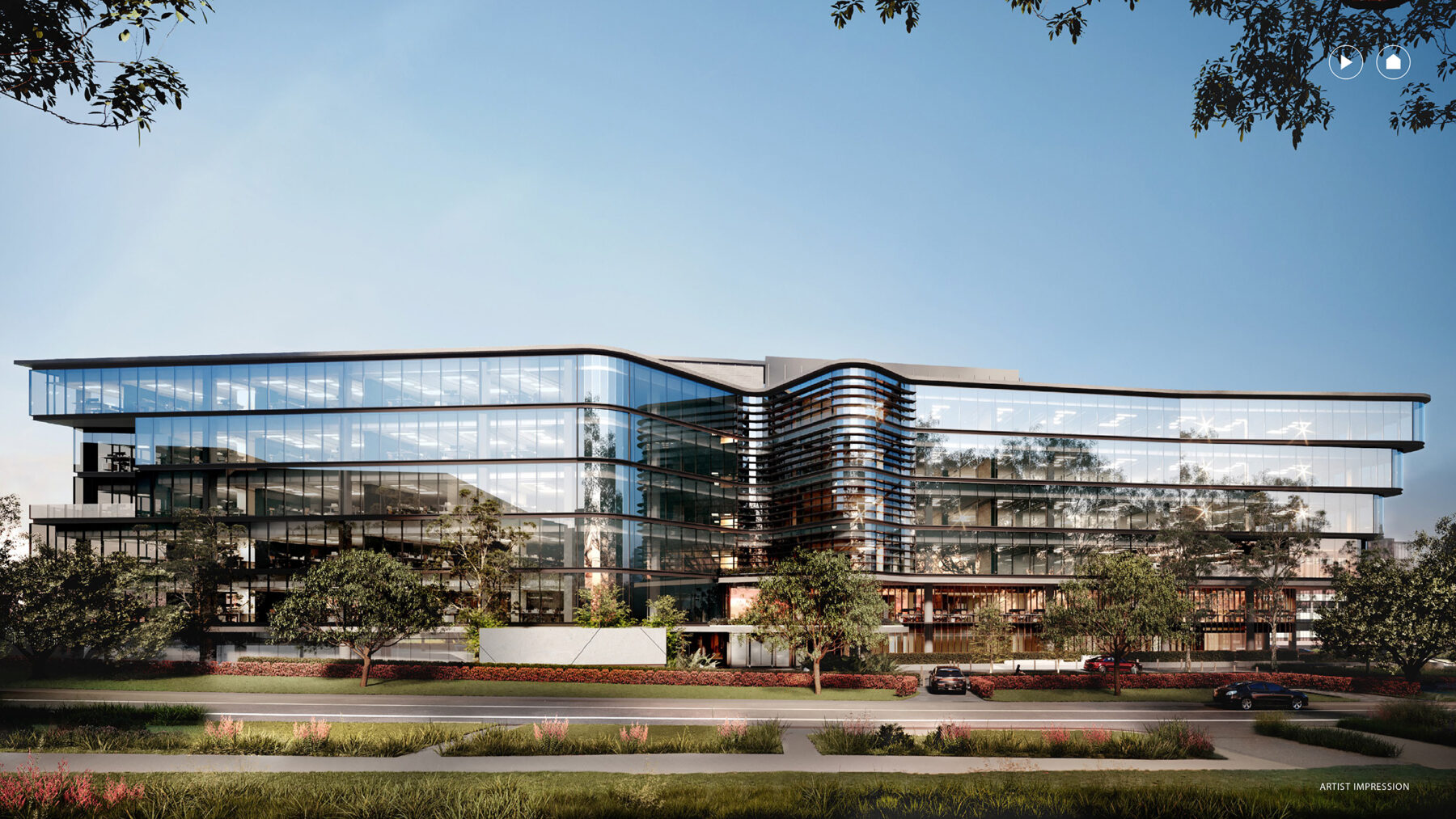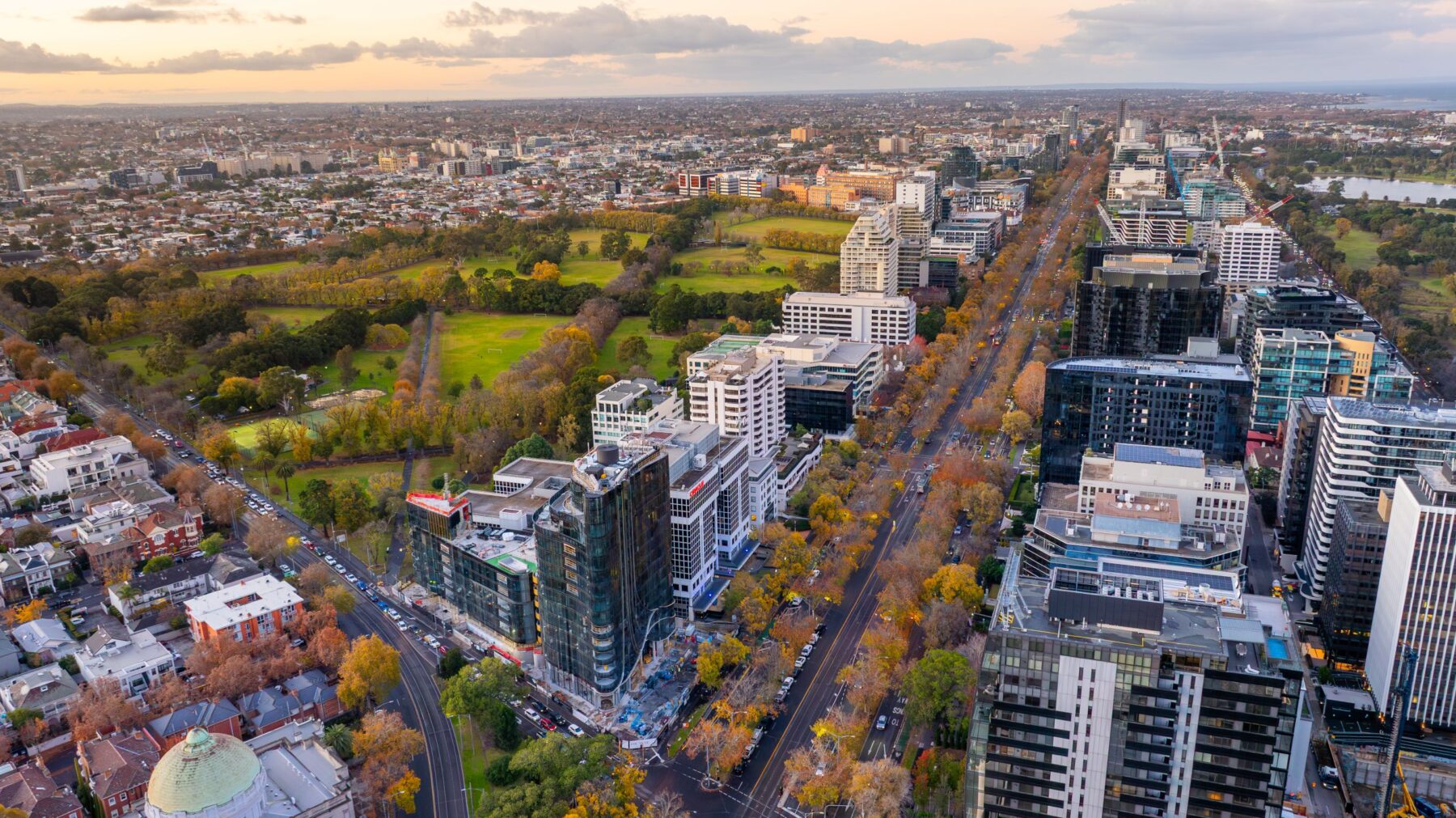
Whether it’s offering more flexibility between working from home and office, re-energising office facilities or negotiating a 32-hour week and paying for 40, employee well-being needs to be at the centrepiece, notes global real estate group JLL, as Federal and State governments move to entice more people back into CBDs.
According to JLL’s 2021 Regenerative Workplace report, putting people at the centre and genuinely taking care of their health and wellbeing is the key.
“For example, 75% of individuals surveyed want to feel safe at work while experiencing difficulties; while only 36% are able to maintain strong working and personal interactions with colleagues at a distance.” says Ben Tindale, Managing Director of Accounts at JLL Australasia.
“It means bringing to an end the perceived opposites of work and wellbeing, the home and office environment, and individual needs versus collective aspirations.”
Offering flexibility is important from Tindale’s perspective. JLL’s Top CRE Trends 2022 report found that almost half (49 percent) of organisations had not developed a future of work program and planned to continue to carry on their business the way they had always done once the pandemic waned and their people returned to the office. The report highlighted that flexibility is the secret to positive change and an essential driver of agile and adaptive offices and organisations.
The report also found over a third (38 percent) of organisations in Asia Pacific are looking to increase their use of co-working and flexible space post COVID-19. It also found organisations that are developing and using flexible space are finding cost reductions and greater efficiencies, fostering innovation through greater employee interaction and are better at attracting talent.
“A regenerative, more flexible workplace ensures that employees can benefit from both working from office and from home,” says Tindale.
He also believes re-energising office spaces is another way to develop and enhance well-being in the workplace
“Shaping a workplace that is ‘as comfortable as home’ and making the most of the shared office space can help the workplace community interact, share and head toward a common purpose.
“For employers, being a part of this journey is the chance to create a truly reparative place for employees and to enable them to flourish and perform in the long term.”
According to the CRE report, employees’ most desired features of best practice offices going forward were:
- Access to relaxation spaces (45% versus only 17% of offices currently having this access)
- Access to Healthy food services (44% versus 19% having this this)
- Outdoor spaces (41% v 25)
- Social spaces (37% v 28%)
- Fitness centres (36% v 19%).
The four-day work week is also gaining traction in some areas. While it’s more of an idea than a reality for many organisations, Tindall believes it’s a shift that again is strongly linked to employee wellbeing and the much sought-after balance between work and personal life.
As an example, the Regenerative Workplace report found that physical health is closely connected to a healthy work-life balance and healthy routines. In seeking to achieve sustainable performance, the role of a company manager will be crucial in supporting healthier lifestyles.
Some 75% of employees say that they are struggling to find the time or energy to incorporate these habits into their weekly routine. In this case a four-day week may well be the solution.
Whatever the strategy, it seems that employee health and wellbeing should be a fundamental driver when it comes to implementing flexible and innovative work-life solutions. This can potentially lead to a stronger and better business model for companies beyond the pandemic, especially for those prepared to invest in the necessary changes.



